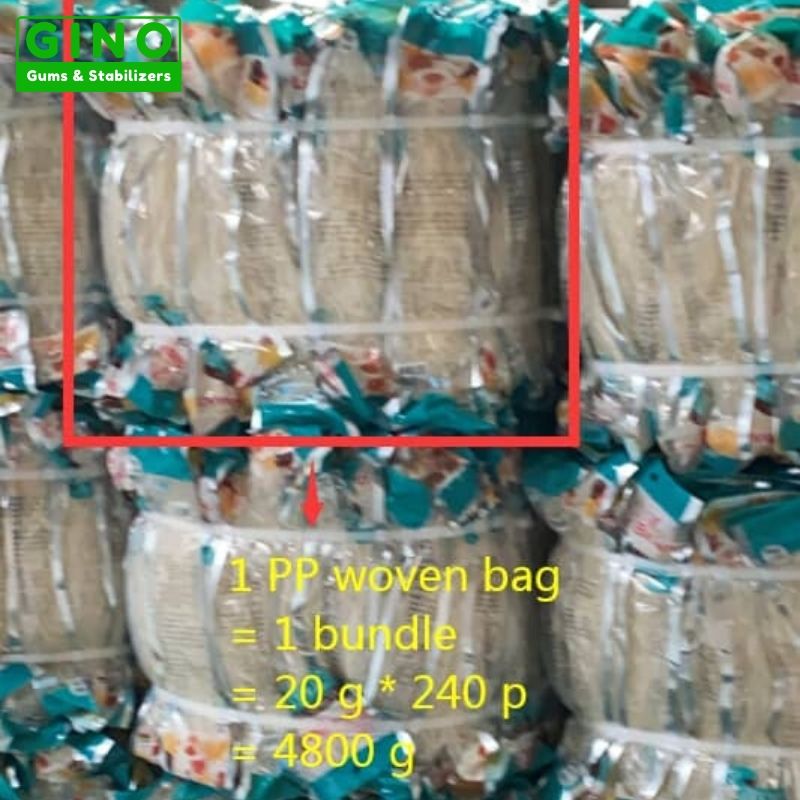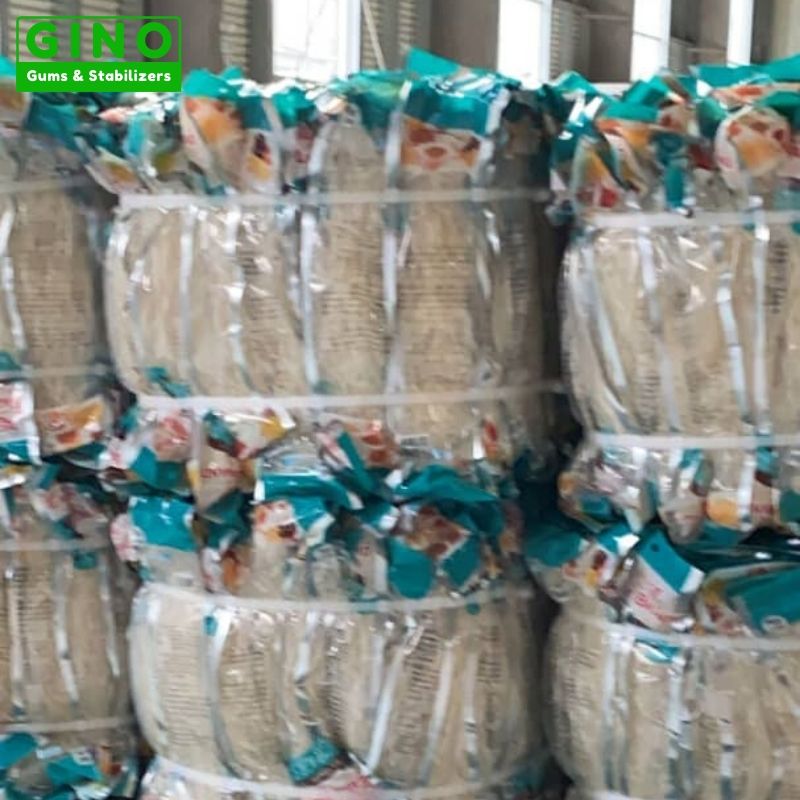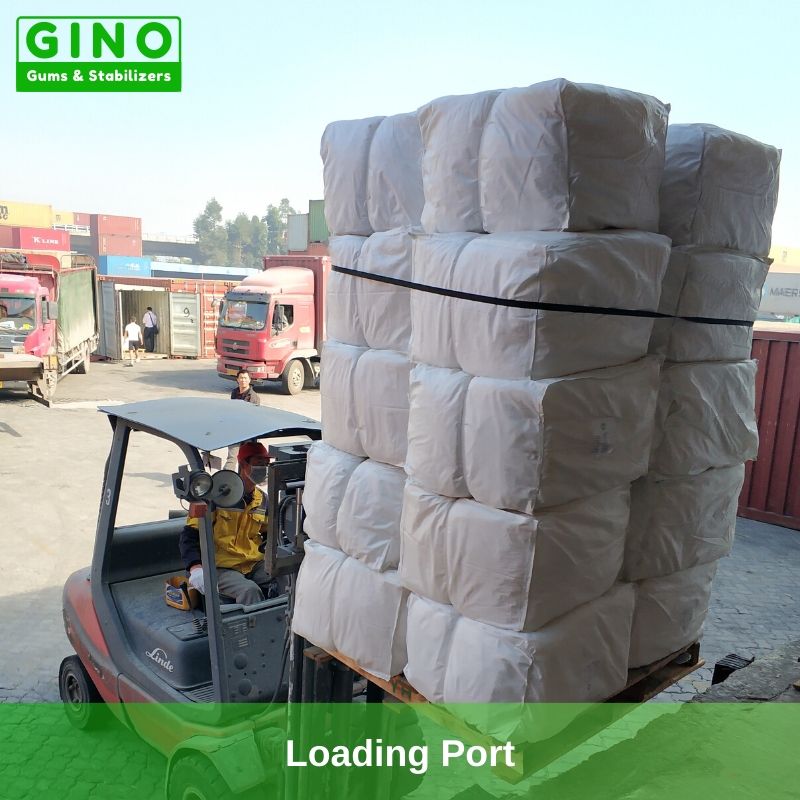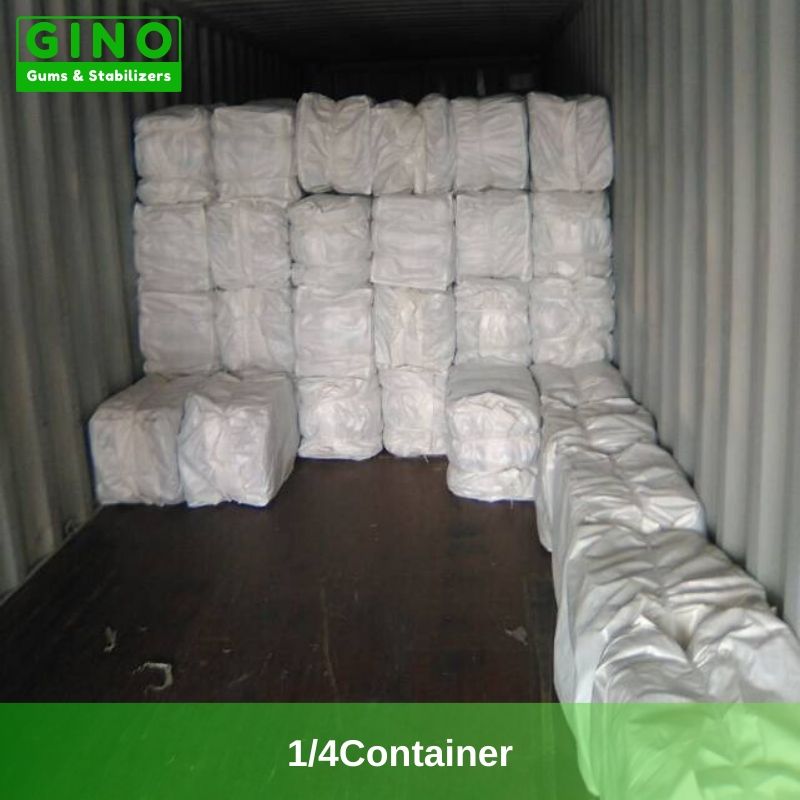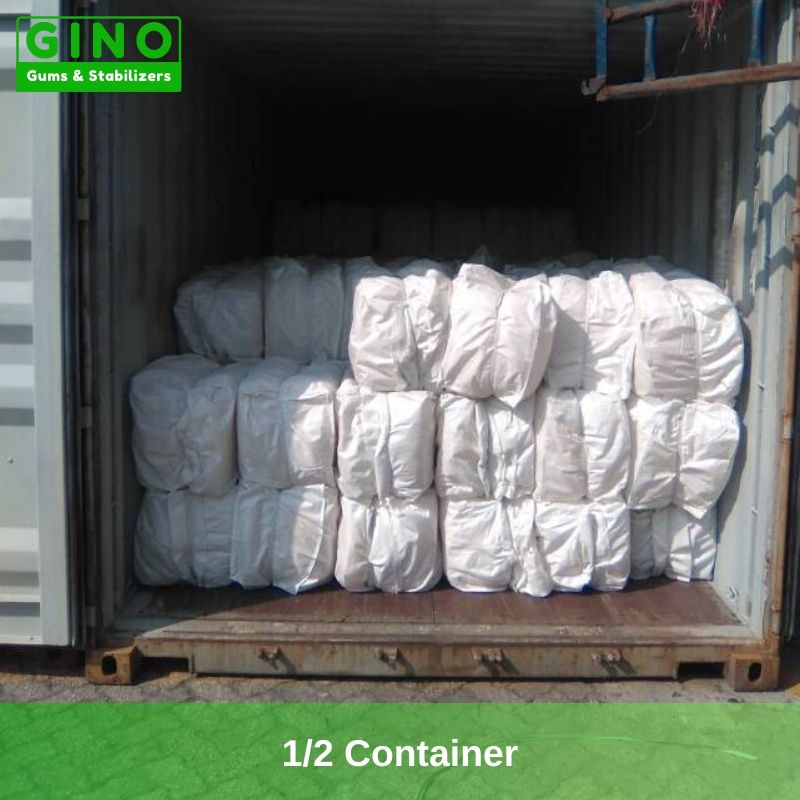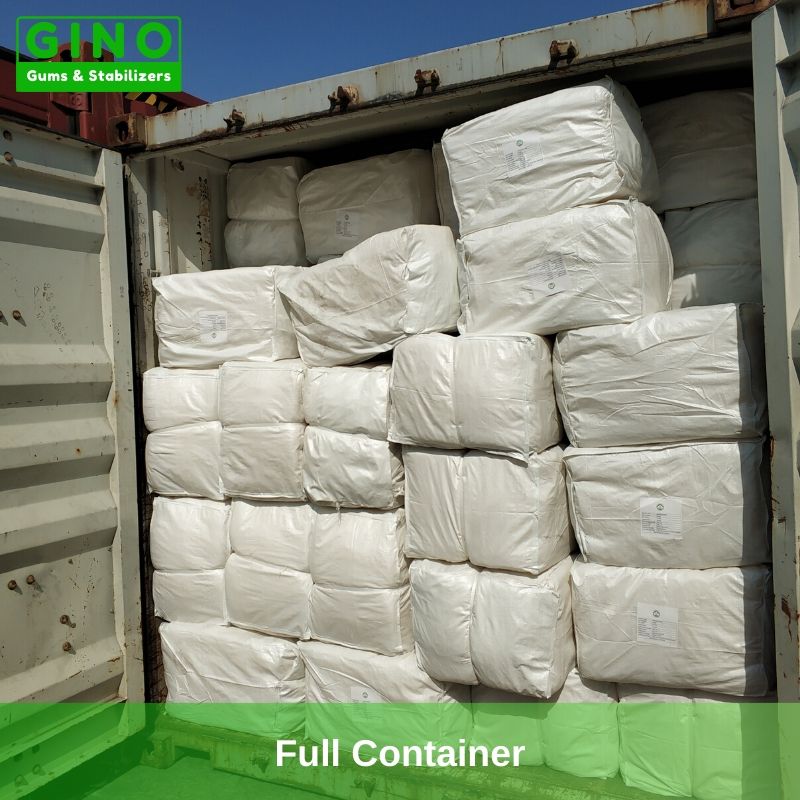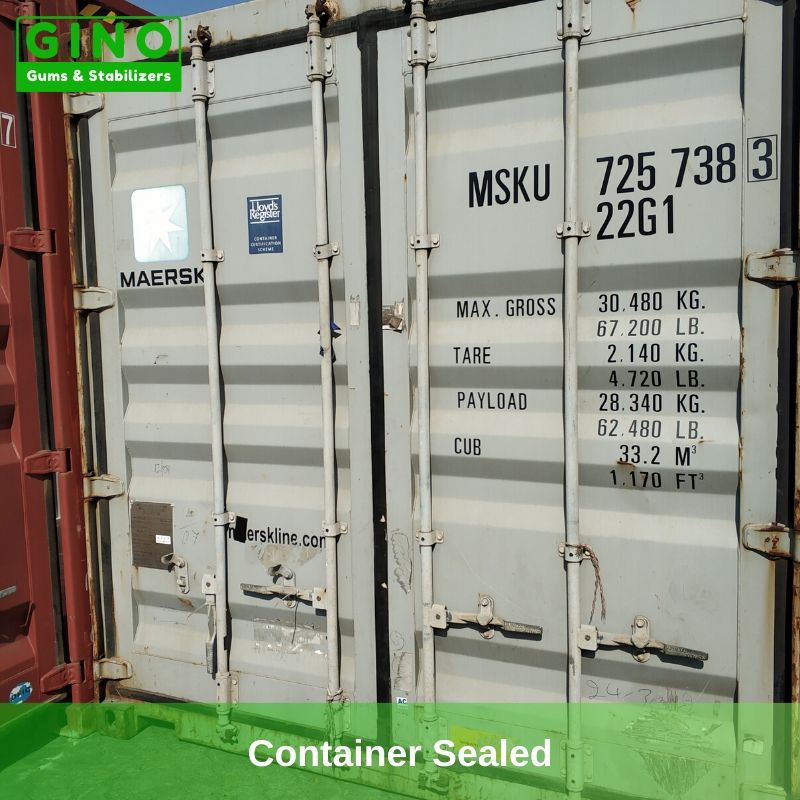Agar Agar Strips
What is Agar Agar
Agar Agar is a seaweed hydrocolloid, or phycocolloid, with a long history of use as a gelling, thickening, and stabilizing food additive. It is considered to be the strongest natural hydrocolloid gum, and also the perfect substitute for animal-source gelatin.
As one of the professional agar agar manufacturers, suppliers, and exporters in China, Gino is dedicated to supplying you with superior products from reliable agar agar manufacturers. With our variety of gelling/stabilizing systems, we can create tailor-made solutions perfectly matched to all your needs.
Contact us to ask about a single hydrocolloid gum or food stabilizers (blends & systems) that would work for your products. Should you have any questions please feel free to send an email to [email protected].
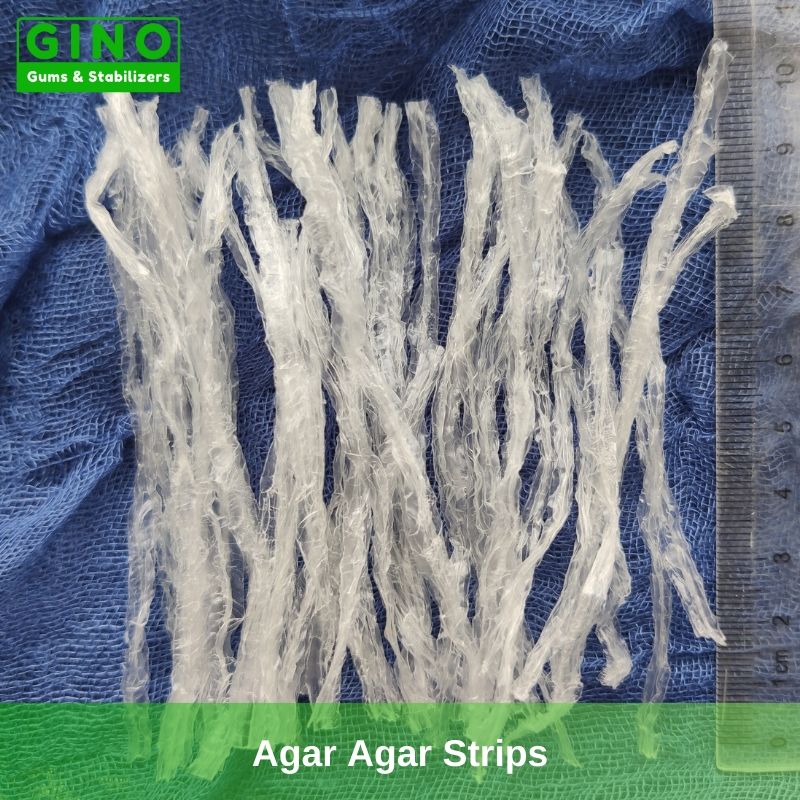

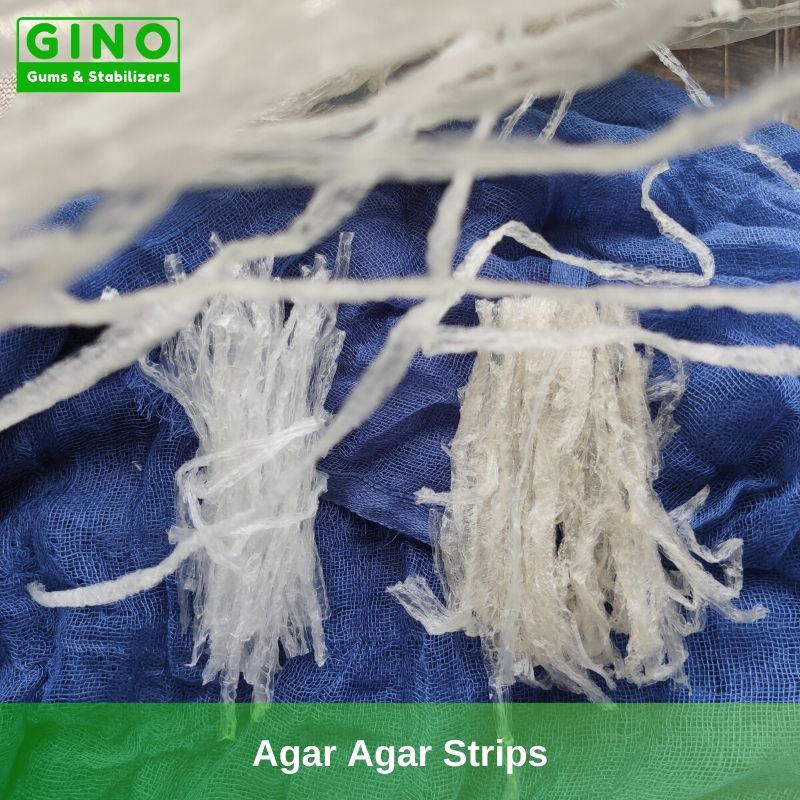
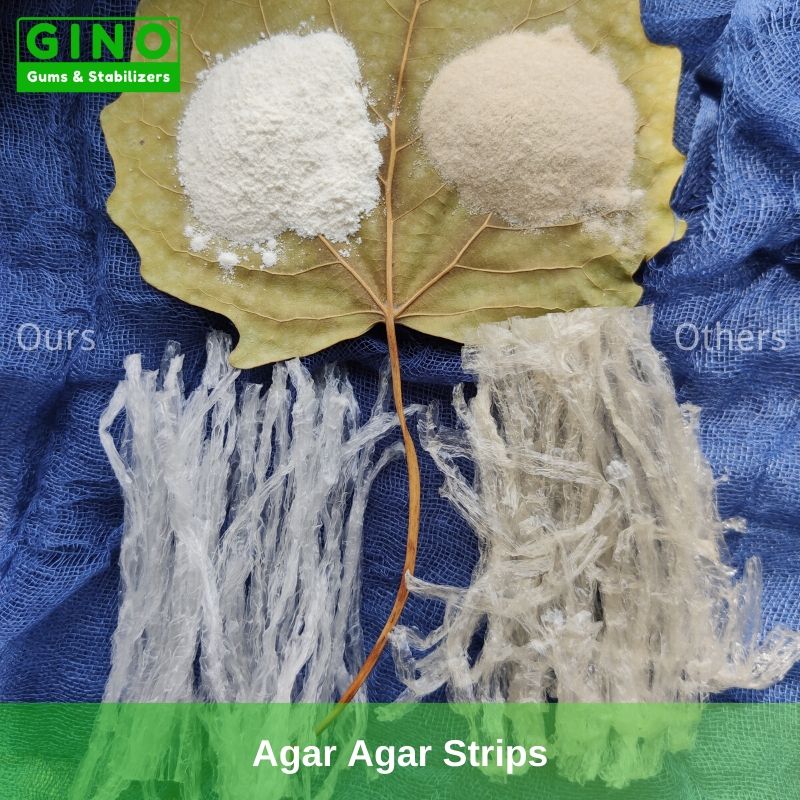
Agar Agar Strips
| Category | Thickeners, Stabilizers |
|---|---|
| E Number | E406 |
| CAS No. | 9000-70-8 |
| H.S. Code | 1302310000 |
| Origin | China |
| MOQ | 500 KG |
| Packaging | Cartons, Bags, Drums |
| Payment Term | T/T, L/C |
GINO_Your Premier Agar Agar Manufacturers
What is Agar Agar Made of ?

- Raw Materials
Where is agar agar obtained from?
It is a family of linear galactan polysaccharides obtained from the cellular walls of red seaweeds, Gelidium and Gracilaria are the main species utilized for commercial agar production.
Gelidium species were the original materials used in Japan, but shortages in World War II led to the discovery that Gracilaria species were suitable if the seaweed was treated with alkali during processing.
Production Flow Chart
Agar Strips
Gracilaria (or Geldium) → Alkaline leaching → Washing → Bleaching → Boiling gel → Filtering → Pushing strips → Freezing → Dehydrating → Drying → Finished product → Packaging.
Our Product Range
You will enjoy all grades and forms of agar products, including:
Specification Sheet
| Sensory Characteristics | |
| Appearance | It is strips from with a slightly off white color and neutral odor and taste. |
| Chemical And Physical Characteristics | |
| Moisture | ≤12% |
| Total Ash | ≤5% |
| Gel Strength(Nikkan Method) | 500-700 g/cm2 |
| Ph | 5-7 |
| Starch Dextrin | Not Detectable |
| Gelatin And Other Proteins | Not Detectable |
| Water Insoluble Matter | ≤15% |
| Heavy Metal | ≤1 Ppm |
| Acid Insoluble Ash | ≤0.5 % |
| Microbiological Characteristics | |
| Total Plate Count | Max 5000 CFU/g |
| Yeast and Moulds | Max 300 CFU/g |
| E.Coli | Absent in 5g |
| Salmonella | Absent in 5g |
Remarks:
Specification Sheet is for guidance and reference only. Customer’s results may be different due to variations in testing conditions, equipment and methods.
Our Packaging
As one of the professional and responsible agar agar manufacturers, in addition to providing you with quality products, we also try our utmost to offer you flexible packaging solutions, to provide you customize packaging, and our aim is simple, just to:
- Build up your brand sense and develop your private brand
- Promote your own brand image.
- Give your promotional marketing efforts a boost.
- Make you stand out from your competition.
10 g Neutral 20 g Red Ribbon 10-1000 g Private Label 10 Kg Neutral
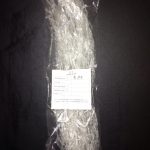
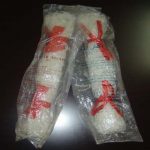
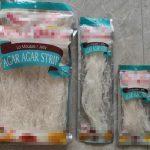
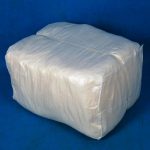
Loading & Delivery & Shipping
You will enjoy:
A variety of packaging styles, Flexible loading methods, Small order quantity, Prompt delivery time ...
| Loading Quantity | |||
| Packaging | Container | Quantity | Net Weight |
| 10 Kg Pp Woven Bag | 1*20' FCL | 250 bags | 2,500 Kgs |
| 10 g Plastic Bag | 250 bags= 250 Bundles * | 1,200 Kgs | |
| 20 g Plastic Bag | 250 bags= 250 Bundles * | 1,200 Kgs | |
| Delivery Time | |||
| Bulk 10 Kg Packaging | Within 2-3 weeks after the prepayment | ||
| Retail Small Packaging | Within 4-6 weeks after the prepayment | ||
Remarks:
- If 10 g plastic bag, 1 bundle =10 g * (400-500)=4.0-5.0 kgs;
- If 20 g plastic bag, 1 bundle =20 g * (200-250)=4.0-5.0 kgs.
- From Packing Design, Packing Material Selection, and Packing Printing to Manual packing, Delivery, all in one package service.
We only choose well-reputed shipping lines to ensure safety and time. From our warehouse to the destination port, or even to your warehouse, "Full Tracking Service" is always with you.
Agar Agar Property
The most important characteristics of agar agar are the following.
Great gelling power
Its great gelling power in an aqueous environment allows it to form gels that are more resistant (stronger) than those of any other gel-forming agent, assuming the use of equal concentrations.
No reagents needed
The simple water solution has that gelling power. There is no need to add reagents to produce gelation, such as potassium (or proteins as is necessary with carrageenans), calcium (or other divalent cations as is necessary with alginates). High sugar concentrations or an acid environment (as is necessary with pectins) are not needed.
Wide range of pH
It can be used over a wide range of pH, from 5 to 8, and in some cases beyond these limits. It withstands thermal treatments very well, even above 100°C which allows good sterilization.
Gel Hysteresis
A 1.5% aqueous solution gels between 32°C-43°C and does not melt below 85°C. This is a unique property of agar, compared to other gelling agents.
No cations added
Agar gives gels without flavour and does not need the addition of cations with strong flavours (potassium or calcium), it can be used without problems to gel food products with soft flavours.
Enhances flavours
It assimilates and enhances flavours of products mixed with it and acts as a fragrance-fixer permitting their long-term fixation.
Thermoreversible gel
Its gel has excellent reversibility allowing it to be repeatedly gelled and melted without losing any of the original properties.
Transparent gels
Transparent gels that are easily colored can be obtained their refractive index can also be easily increased by adding sugar, glucose, glycerine, etc., giving them an attractive brightness.
Agar Agar Benefits
Healthy
Gel Performance
Vegan
Lab Use
Agar Applications - Uses of Agar
1. Food Applications
Agar Agar was the first hydrocolloid to be used in the human food industry. In the beginning, it was only used in the Far East, but the applications have been extending all over the world for more than a century.
The FAO/WHO Codex Alimentarius permits the use of agar in the human food industry and it has also been accepted and authorized by the regulations of the more exacting countries such as the United Kingdom, the Federal Republic of Germany, Russia, France, and Poland. The Food and Drug Administration (FDA) of the United States assigns agar as a grading of GRAS (Generally Recognised as Safe).
In the human food industry, agar is used mainly as a gelling agent and in a secondary way as a stabilizing agent and for controlling viscosity. It is used as an additive, not as a nutrient. The gelling power of agar is so high that it is used at a 1% maximum concentration; for viscosity control and as a stabilizing agent the proportion used is 1/100 or less. For this reason, the ingested quantities are very small, and, because agar is not easily digested by the human body, its calorie contribution is negligible thus agar can be used in special diet food.
Agar applications in the food industry are based on their special characteristics and the most important applications are the following.
Agar jelly, Water dessert jellies, Confectionery, Bakery products, Dairy products, Fermented products, Canned meat and fish product, Soups and sauces, Fining agent, and Health foods.
2. Non-Food Applications
Culture media and other bacteriological applications, Plant tissue culture, Dental mold, and Pharmaceutical preparations.
Agar in Microbiology:
Its uses in microbiology are based on special properties: a gelling temperature of 32-36°C, a melting temperature of 85-86°C, a lack of hydrolysis by bacterial exoenzymes, and its ability to be prepared without bacterial inhibitors. The above temperatures refer to culture media gelled with agar and which contain 10-11 g agar per liter of culture media.
Agar in Biology:
You may ask, Why is agar used to grow bacteria?
The use of agar in bacteriology is one of the most important uses and requires strict physical-chemical control as well as the absence of hemolytic substances and what is more important and difficult, the absence of any bacterial inhibitors. Robert Koch started using agar in 1881 to gel culture broths when preparing solid culture media and this was the first introduction of this oriental product to Europe.
Agar in Pharmacy:
The application of agar in pharmacy as a smooth laxative is well known. Lately, it has been used as an excipient in pharmaceutical preparations. In some Western countries, agar is used as an antirheumatic since a prolonged treatment has permitted important improvements in patients' health. Agar has been used to stabilize cholesterol solutions.
- Related Products
- Contact Form
We focus our main attention on various kinds of high-quality Hydrocolloids and Stabilizing systems.
Need to find reliable E406 Agar Agar manufacturers, suppliers, and exporters in China? As one agar company, all grades and forms of agar products could be provided by Gino. We could help you find the perfect agar for your application.
Please complete the fields below to get the latest bulk wholesale agar price.

